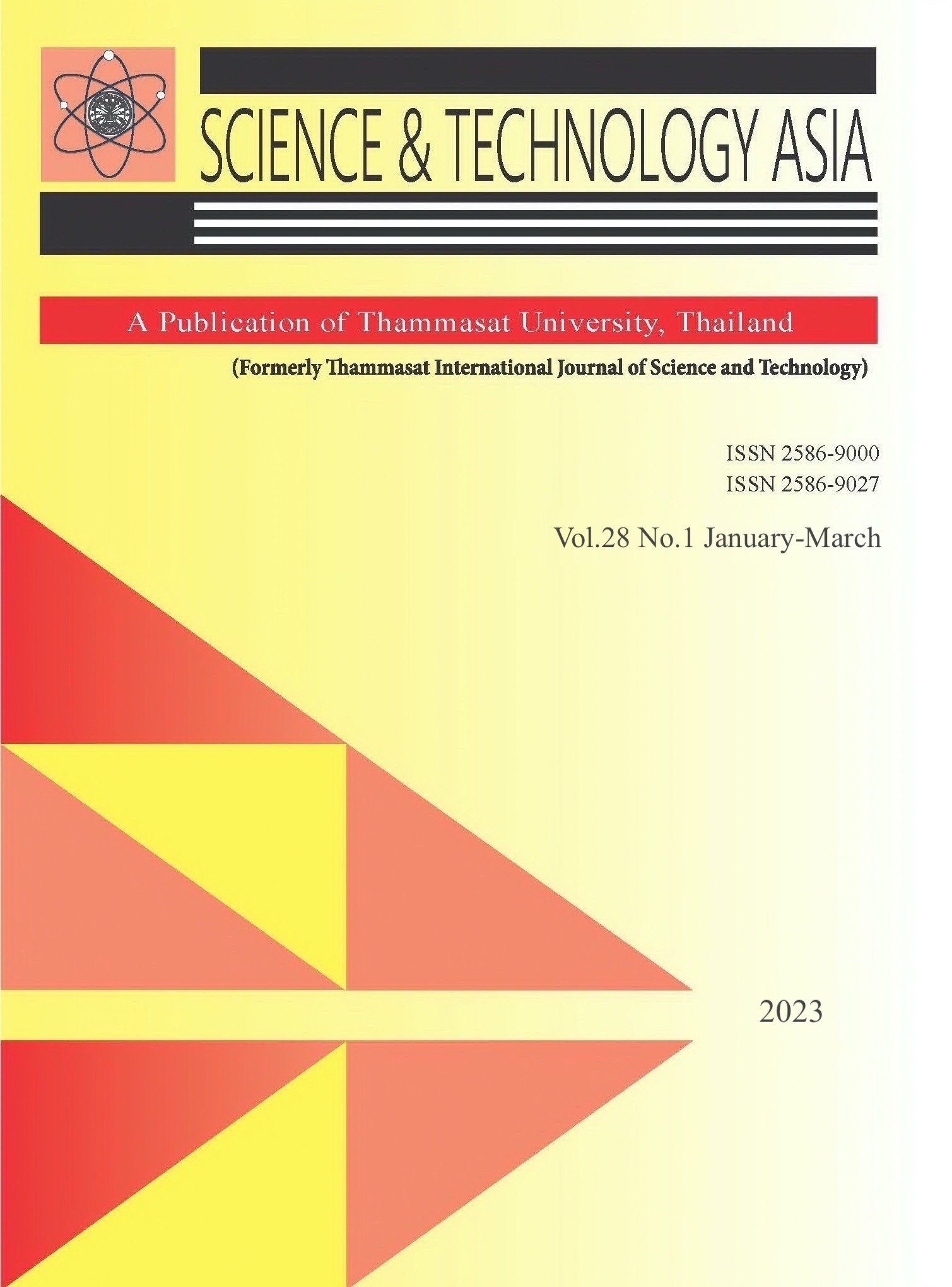Dual Targeting of Protease and Helicase Domain of Dengue Virus Nonstructural 3 Protein from Multiple Bioactive Compounds as Novel Anti-Viral Candidate: Insight from Computational Study
Main Article Content
บทคัดย่อ
Dengue virus (DENV) is the leading cause of dengue fever, one of the neglected tropical diseases in tropical countries like Indonesia. Antivirus development is one of the priority programs in addition to vector control. One of the most critical proteins encoded by the DENV genome is non-structural protein 3 (NS3). This protein is commonly used to develop anti-virals because it has vital enzymatic activity in the DENV replication process. It also has sequences that are conserved among all DENV serotypes and consists of two domains: protease and helicase. This study aims to screen potential natural compounds targeting the DENV's NS3 using the molecular docking method on the two domains separately. The two domains were tested with 170 different compounds from various organisms in Indonesia. The study results show that compounds such as halishigamide A, arisugacin A, quinadoline B, and zingiberene have the potential to act as inhibitors in both domains at once. Quinadoline A and norquinadoline A had the most potential to be protease inhibitors and showed the best interaction results with protease. Halishigamide A and zingiberene had the most potential to be helicase inhibitors and delivered the best interaction results with the helicase residue. Based on these results, these compounds are thought to be potential inhibitors of DENV NS3, but further research and development are still needed to confirm these results.
Article Details

อนุญาตภายใต้เงื่อนไข Creative Commons Attribution-NonCommercial-NoDerivatives 4.0 International License.


